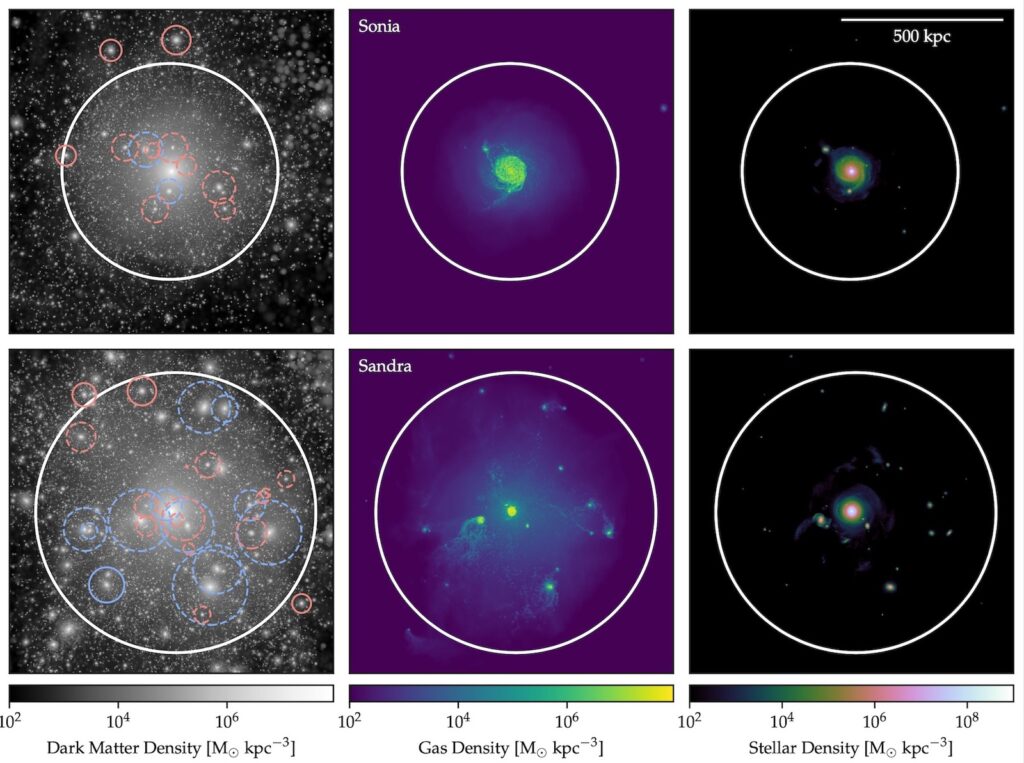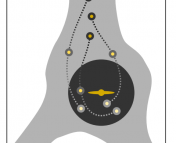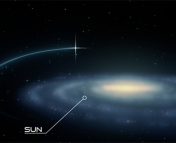
The undergrad research series is where we feature the research that you’re doing. If you’ve missed the previous installments, you can find them under the “Undergraduate Research” category here.
Are you doing an REU this summer? Were you working on an astro research project during this past school year? If you, too, have been working on a project that you want to share, we want to hear from you! Think you’re up to the challenge of describing your research carefully and clearly to a broad audience, in only one paragraph? Then send us a summary of it!
You can share what you’re doing by clicking here and using the form provided to submit a brief (fewer than 200 words) write-up of your work. The target audience is one familiar with astrophysics but not necessarily your specific subfield, so write clearly and try to avoid jargon. Feel free to also include either a visual regarding your research or else a photo of yourself.
We look forward to hearing from you!
************
Hollis Akins
Grinnell College
Hollis Akins is a third-year student studying Physics at Grinnell College in Grinnell, Iowa. He conducted this research at Grinnell under the direction of his advisor Dr. Charlotte Christensen. The project was presented at the 235th AAS meeting in Honolulu, HI and the paper has been submitted to the Astrophysical Journal.
Just beyond the edges of our Milky Way, in the circumgalactic medium, exists a population of low-mass “dwarf” galaxies, orbiting as satellites of our galactic home. Curiously, observations show that while most isolated dwarfs are actively forming new stars, almost none of these satellites are. In this project, I used the DC Justice League computer simulations of Milky Way-mass galaxies and their surrounding satellites to study what processes may cause this “quenching”—or suppression of star-formation. From these simulations, I drew a sample of ~50 dwarf satellites to analyze (Figure 1 shows images of a subset of this sample). I computed the times at which these satellites quenched based on a star formation-rate threshold, and compared these to the times at which they first infell, or entered the sphere of influence of the host galaxy. I found that many satellites quench shortly (1–3 billion years) after infall, with the exact time between quenching and infall dependent upon the satellite gas mass and velocity. This indicates that the host galaxy environment suppresses star-formation in satellites, likely by removing the satellite’s gas—the fuel for star-formation. However, satellites above a stellar mass of 10^8 solar masses are much more resistant to quenching after infall.

Figure 1: Density plots of dark matter (left), gas (middle), and stars (right) in two of the Justice League galaxy simulations: Sonia (top) and Sandra (bottom). Satellite (central) galaxies are shown as dashed (solid) lines, and quenched (star-forming) galaxies are shown in red (blue). Several dwarf satellites can be seen around the central galaxies, many of which are gas-poor and quenched.
If you are an undergraduate that took part in an REU this summer and would like to share your research on Astrobites, please contact us at [email protected]!




